Students sometimes consider history to be one of the less exciting subjects in their school curriculum. But there are many funny events from history that get left out of the school books. Some of them might be considered too raunchy for history class. Others are just silly. While they may not have made a real impact on history, they may make you laugh.
Here are 10 funny stories from history that you never read about in your school books.
1. In 1917, when George S. Patton was stationed in France, the mayor of a French town mistook a covered latrine pit for the grave of one of Patton’s soldiers. Patton didn’t correct the mayor, and when he visited the town during WWII, he found the locals were still respectfully maintaining the “grave.”
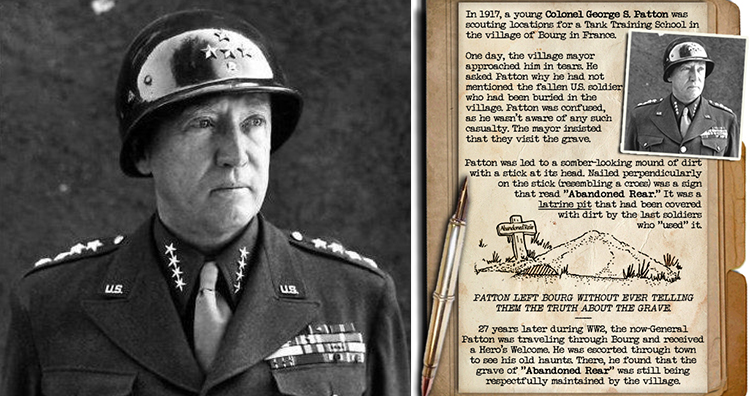
Patton wrote about the incident in his memoirs. It happened in the French town of Bourg, where Patton’s Tank Brigade Headquarters was located. One day in 1917, the mayor came to Patton weeping and asking why Patton hadn’t mentioned that a soldier had died.
Patton wasn’t aware of any casualties among his men, so he went with the mayor to visit the grave. It turned out it was a latrine pit that had recently been covered with dirt. The last soldier to use the pit had made a cross-like sign that said “Abandoned Rear.” When Patton realized the mayor had mistaken a makeshift toilet for the grave of a soldier, he chose not to correct him.
In his memoirs, Patton wrote that when he revisited the town 26 years later, “The grave of that national hero, “Abandoned Rear,” was still maintained by the natives.”(1,2)
2. In 1950 during the Korean War, some US Marines ran out of mortar rounds. So, they used a radio to ask for more ammo. But when making their request, the soldiers used their code name for mortar shells, which was “Tootsie Rolls.” The person on the other end of the radio took it literally, and when the airdrop arrived it was filled with actual Tootsie Rolls.
A veteran who was there said he survived for two weeks on Tootsie Rolls. Afterward, the soldiers started referring to themselves as the “Tootsie Roll Marines.” According to some reports, the soldiers put some of the airdropped Tootsie Rolls to good use.
The incident happened in December, and the temperatures were freezing. The soldiers realized the candies would freeze solid in the cold but could be turned into a kind of putty by warming them up. So, they used the candies to patch holes in hoses and other equipment. At the time, 15,000 US troops were fighting off 120,000 men. Eventually, the marines punched a hole through the enemy lines and made it to safety.(1,2,3)
3. In 75 BCE, Julius Caesar was captured and ransomed by pirates who didn’t realize who he was. The whole time he was their captive, he bossed them around. From time to time, he also warned them he would have them crucified. The pirates assumed he was crazy. But after he was released, he came back to capture the pirates and then crucified them.
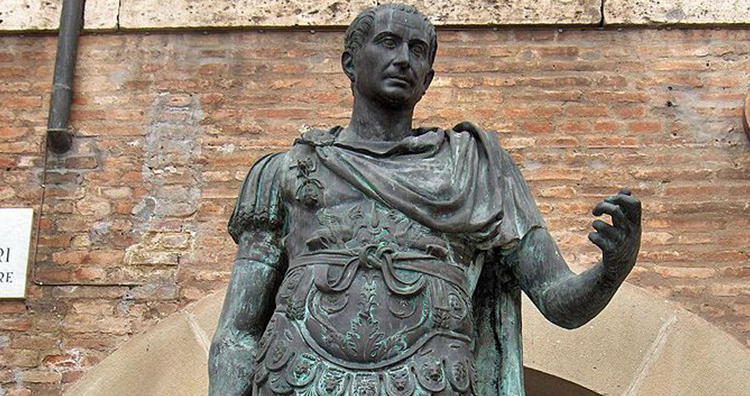
Caesar was 25-years old and traveling to study in Rhodes when he was captured by the pirates. When he learned the pirates were asking for a ransom of 20 talents for his release, he laughed and suggested they ask for 50. Throughout his captivity, he refused to act like a prisoner. He bossed them around and shushed them when he wanted to sleep. He also made them listen to the speeches and poems he was working on. Whenever the pirates weren’t impressed by his writings, he said they were too stupid to appreciate them.
The ransom was delivered after 38 days and Caesar was released. He then gathered a naval force and went back to the island where he had been held captive. He found the pirates were still there and captured them. Later, when the governor of Asia seemed hesitant to punish the pirates, Caesar personally went to the prison and had them all crucified.(source)
4. From 1409 to 1417, the Catholic Church had three rival popes who each denounced the others as illegitimate.
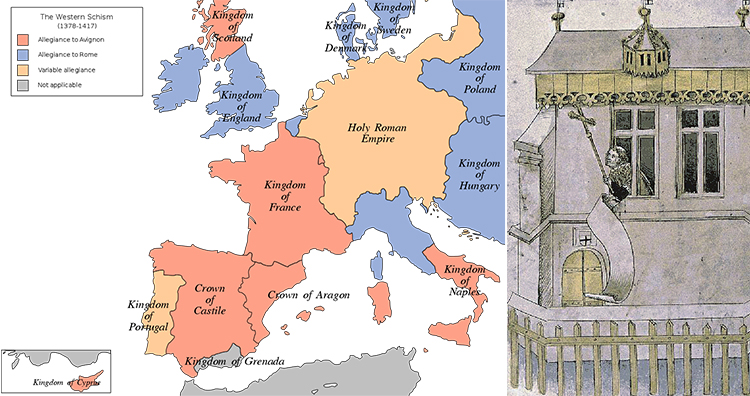
In 1378, the cardinals of the Catholic Church were unhappy with the newly elected pope, so they elected a different one. The two rival popes both claimed they were the real pope and the other was illegitimate. This created a lot of confusion for Catholics and hurt the reputation of the Church. The popes were asked to mutually resign or allow a council to select which one should be named the true pope. They both refused. So in 1409, the Church tried to solve the problem by electing a third pope which only confused matters further. This period of rival popes became known as the “Western Schism.”
It finally ended in 1417 when a special council was created and given the authority to strip the rival popes of their titles. This enabled the election of a single, new pope, Martin V.(1,2)
5. In the 1820s, John Quincy Adams approved an expedition to the center of the Earth. Part of the plan was to meet the race of people living inside the earth and to conduct trade with them.
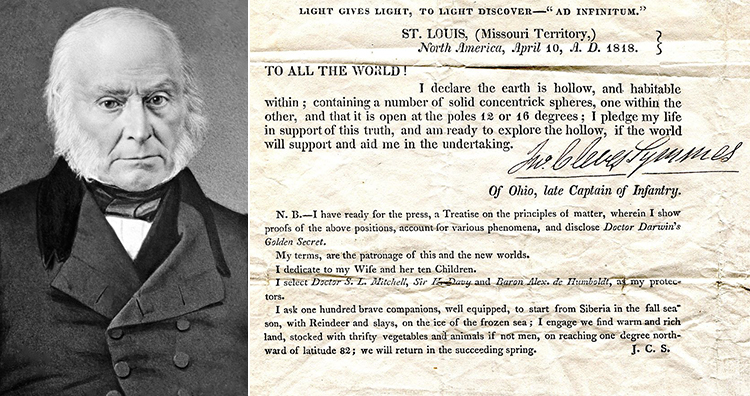
The proposal was made by an American army officer named John Cleves Symmes, Jr. He had been touring the country and giving lectures about his theory of a hollow Earth. He believed the Earth was made up of several spheres, and that there were openings at the North and South poles that could be used to get inside the Earth and explore its hollow interior. So, he planned to take one hundred men to the Arctic and use sleighs pulled by reindeer to travel to the North pole and enter into the Earth. He also believed that there could be a race of people living inside the Earth, and part of his plan for the expedition was to establish trade with them.
The theory was considered laughable by most people, but when Symmes lobbied the government to fund his expedition, John Quincy Adams said yes. However, Adams’ term in office ended before the plan was carried out. Once Andrew Jackson became president, he put a stop to the plan.(1,2)
6. In 1518 in the Roman city of Strasbourg, hundreds of people came down with “dancing mania,” where they danced for days on end and seemed unable to stop. Some of the dancers kept going until they died from exhaustion, strokes, and heart attacks. Experts say it may have been a form of mass hysteria. The event became known as the “Dancing Plague of 1518.”
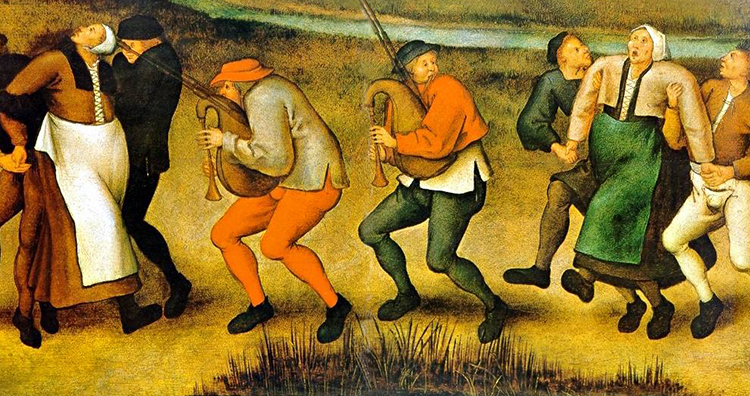
This wasn’t the only case of groups of people being affected by dancing mania. There were a number of outbreaks that happened in Europe between the 14th and 16th centuries. Medical historians say it was likely a form of mass hysteria caused by extreme stress combined with the belief that they were being forced to dance.
For instance in Strasbourg, there was a local belief that St. Vitus, the patron saint of dancers, would curse people and force them to dance. Others explanations at the time included that the dancers were possessed, or that the dancing was brought on by spider bites. When 400 hundred people joined in the dancing in Strasbourg, officials tried to help but probably contributed to the problem. They assumed people just needed to get the dancing out of their systems, so they set up halls for the dancers with musicians and professional dancers to help out.(1,2,3,4)
7. In 1698, when King Charles XII of Sweden was 16, he became known for throwing wild, drunken parties and going out into the streets to cause havoc. One night he went running through the streets of Stockholm, yanking hats and wigs off of people’s heads.
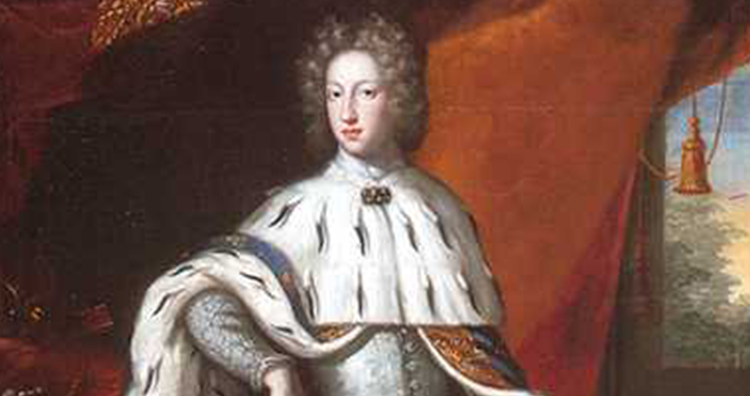
In the summer of 1698, Charles’ cousin, the Duke of Holstein-Gottorp, visited Stockholm to marry the king’s sister. The duke was ten years older than the king and seemed to have a bad influence on him. The pair committed a variety of outrageous acts that summer and it became known as the “Gottorp Fury.” Their antics included throwing furniture out of the palace windows, throwing cherry pits at the king’s ministers, and taking a group of young people through the streets to wreak havoc.
The young king finally toned down his behavior after a bear was killed at one of his parties. The bear had been forced to drink wine, and then it fell out of a window. When it happened, Charles vowed never to drink strong alcohol again. With only a few exceptions, he kept his vow until his death in 1718.(1,2)
8. In 1921, the 15-year-old former emperor of China, Puyi, decided he wanted to have a phone installed in the palace for his personal use. His advisors tried to keep him from getting one because they were afraid it would give him too much independence since Puyi usually had no contact with the outside world. But when he finally got his phone, he just used it to make prank calls.
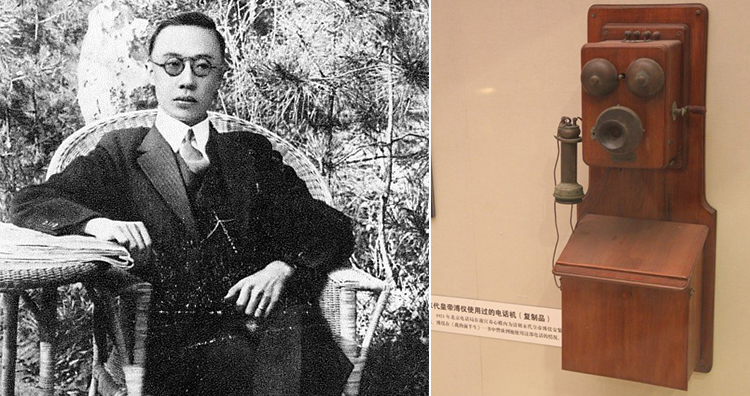
Puyi was the last emperor of China. He lost his title when the Empire was abolished in 1912. After that, he became a symbolic leader and still lived in the Imperial Palace.
Puyi learned about telephones from one of his tutors and decided he wanted one. At first, his advisors told him it was a bad idea because it would go against tradition. Later, they had his father tell him that giving outsiders the ability to call into the palace’s inner sanctum would hurt imperial dignity. But in his autobiography, Puyi said the real reason they tried to stop him was that they were afraid of what would happen once he had contact with the outside world since he had been confined to the palace since he was a young child.
Once Puyi got his phone, he used a Beijing telephone directory to start making prank phone calls. He called a famous opera singer in Beijing and then giggled and hung up. Several times he called restaurants and had large meals sent to random addresses.(1,2)
9. There was an ancient Chinese board game called Liubo, and there are two recorded cases of Chinese nobles killing their opponents by hitting them with the game board.
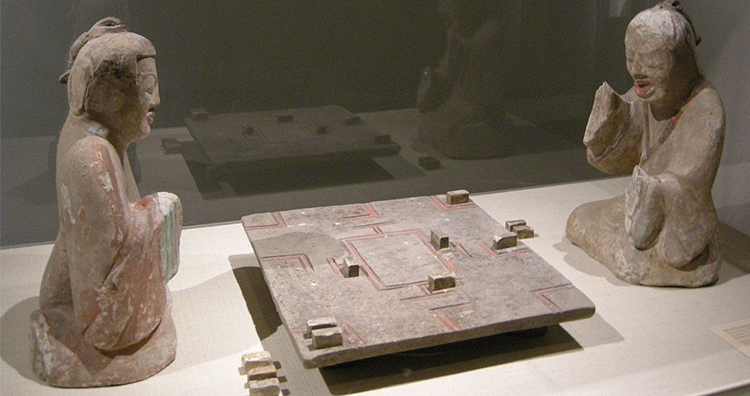
Liubo dates back to the middle of the 1st millennium BCE, and over the years the rules were lost. But, it’s believed that it was a two-player game where each player had six game pieces. Instead of dice, players threw six sticks to determine how to move their pieces. Apparently, people took the game very seriously as it led to at least two deaths.
The first case took place in 682 BCE when Nangong Wan hit Duke Min of Song with the Liubo board. The second case happened hundreds of years later, sometime before 156 BCE, when Emperor Jing of Han was still a crown prince. He was playing Liubo with the Prince of Wu, got angry at his opponent, and killed him by throwing the board at him.(source)
10. King Charles VI of France, who reigned from 1380-1422, struggled with mental illness and delusions throughout his life. There were times when he thought he was made of glass, and so he had his clothes reinforced to protect him from shattering.
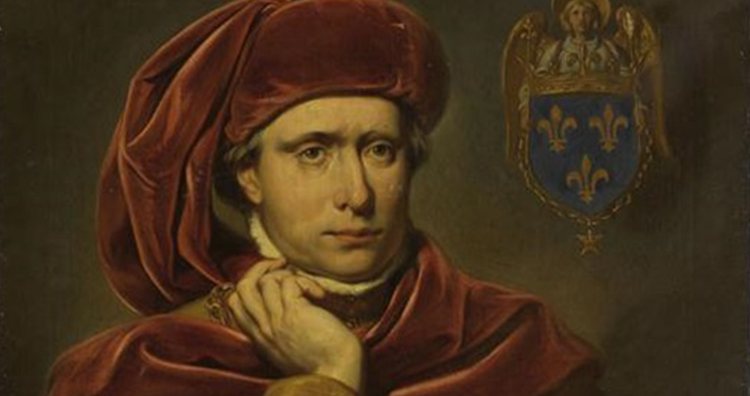
When King Charles VI started believing he was made of glass, he refused to let people touch him, and he had iron rods sewn into his clothes. He thought that the rods would help keep him from shattering in the event he came into contact with another person.
The condition King Charles suffered from later became known as “glass delusion.” It occurred mainly in the late Middle Ages and usually affected people in the wealthy and educated classes. As a result, it became associated with the wider disorder of “scholar’s melancholy.” Besides glass delusion, some sufferers of scholar’s melancholy believed they were made of cork, were as heavy as lead, or that their heads would fall off their shoulders.(1,2)